Microsoft Power BI - Data analysis & visualization
Transform data into insightful reports and visualizations with Power BI.

- 2.2.250326.21241759 Version
- 4.9 Score
- 2M+ Downloads
- Free License
- 3+ Content Rating
Access your data from anywhere with the Power BI app. Get notifications, annotate and share, and dive deep into your data with powerful features for decision making on the go.
Highlights:
- View all your important data in one place
- Tap to explore, filter, and focus on what’s most important
- Easily annotate and share reports and data visualizations
- Set data alerts and get real-time notifications
- Securely access your on-premises data
- Scan QR codes to get real-world data in context
- Start exploring your Power BI data instantly, with no setup needed
Make informed decisions with Power BI's industry-leading data analytics, business intelligence, and data visualization tools.
Get the full Power BI suite and never miss a beat with Power BI Desktop, the Power BI web service, and Power BI Mobile.
Frequently Asked Questions for Power BI
Can I use Power BI for Budgeting & Forecasting?
Power BI is a powerful interactive data visualisation and analytics tool that can draw data from a wide variety of sources including budgeting and forecasting data that can reside in an ERP system and/or Excel. In many cases, Excel is still the tool of choice for an organisation's planning and budgeting process especially if there is not a lot of complexity and minimal requirements in the model structure.
Where the level of complexity in a planning process increases, there are further considerations in choosing an appropriate tool especially where Excel is no longer a workable solution. This can include situations where multiple planners are involved and there are multi-level organisational inputs to be considered.
Power BI can function as an aggregation and modelling tool, to aggregate separate planning datasets (created in Excel or other systems) together with data actuals and create a consolidated planning report. There are still some downsides to this approach, especially uncovering errors when using Excel and implementing top down changes.
The most effective method for a complex planning process is to implement a single central data model solution that enables the user to easily read and write back to a data model totally customised to how the organisation operates. This enables a single approach to all aspects of planning whether it be sales forecasting, operational budgets, cashflow, or workforce and asset planning. Professional Advantage implement these type of corporate performance management tools that can be used either standalone or in conjunction with Power BI's reporting capabilities.
Does Power BI produce paginated reports?
In June 2019, Microsoft introduced paginated reports in Power BI. This allows Power BI developers to create formatted pixel perfect reports in the Power BI Service. Paginated reports allow organisations to create fixed layout reports for printing and pdf creation. Paginated reports within Power BI is currently only available for organisations licenced for Power BI Premium. Please contact Professional Advantage if you would like further information on paginated reports and Power BI Premium.
How is Power BI different from traditional BI implementations?
Power BI is part of a new wave of next generation Business Intelligence (BI) tools. In comparing them to traditional BI implementations there are a number of differences, but the two key differences are: Cloud vs On-Premise and Self-Service vs Guided Analytics.
Power BI has been solely developed by Microsoft as a cloud-based offering often known as Software-as-a-Service (SaaS). This means that the Power BI Service is hosted on Microsoft’s Azure servers and accessed over the internet. The benefits over a traditional on-premise solution are that there are no upfront hardware or ongoing software upgrade costs, it has faster implementation, lower licencing costs, and is mobile and scalable.
Another feature of Power BI and other next generation BI tools is Self-Service functionality. This allows an end user to extend the existing reports and create their own visualisations based upon the data model in the report. Key benefits are lower costs and faster development cycles. Self-service tools also generally have a rich user experience which aids data discovery and tends to increase user adoption. Traditional BI tools are generally described as guided analytics which do not have any self-service features and must be changed by report developers.
- Version2.2.250326.21241759
- UpdateMar 27, 2025
- DeveloperMicrosoft Corporation
- CategoryBusiness
- Requires AndroidAndroid 8.0+
- Downloads2M+
- Package Namecom.microsoft.powerbim
- Signature72413d73f5fdac7e7e4ae8f282a10da2
- Available on
- ReportFlag as inappropriate
-
NameSizeDownload
-
56.55 MB
-
55.64 MB
-
55.59 MB



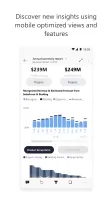
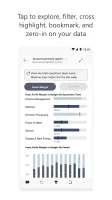
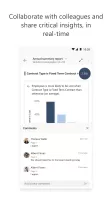
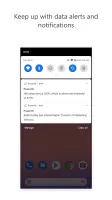
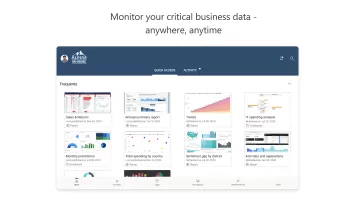


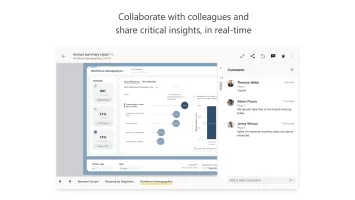







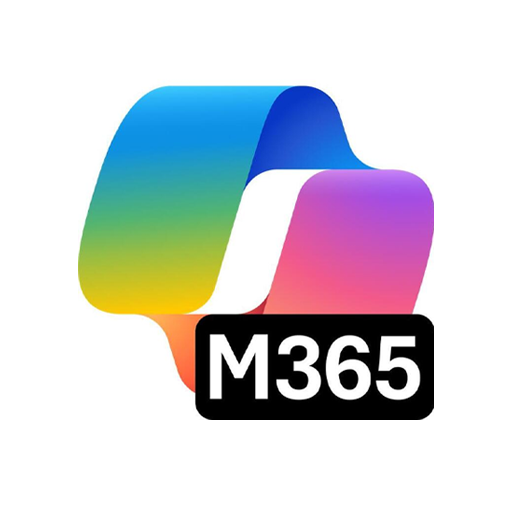




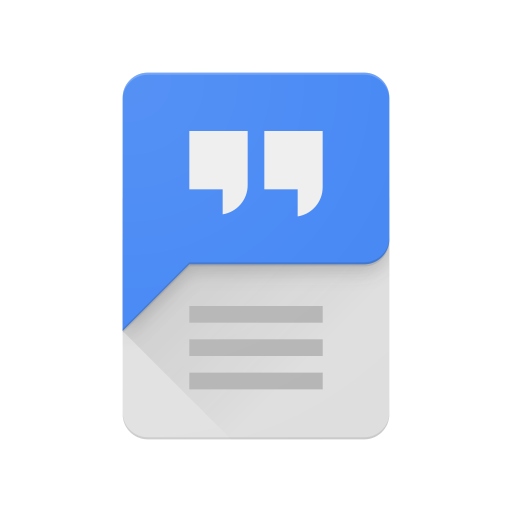








Comprehensive Data Visualization
Seamless Integration with Microsoft Products
Affordable Pricing Options
Limited Customization in Free Version
Performance Issues with Large Datasets